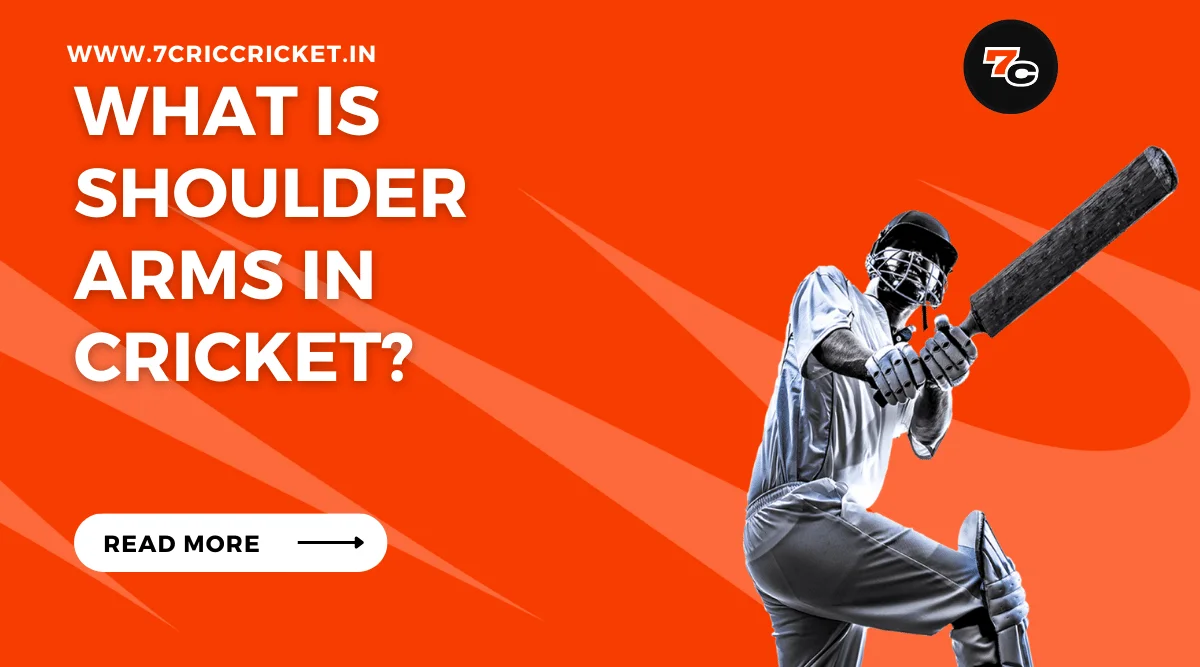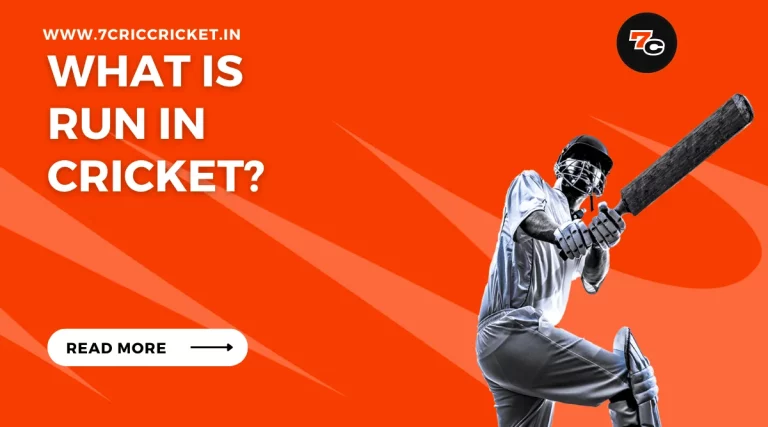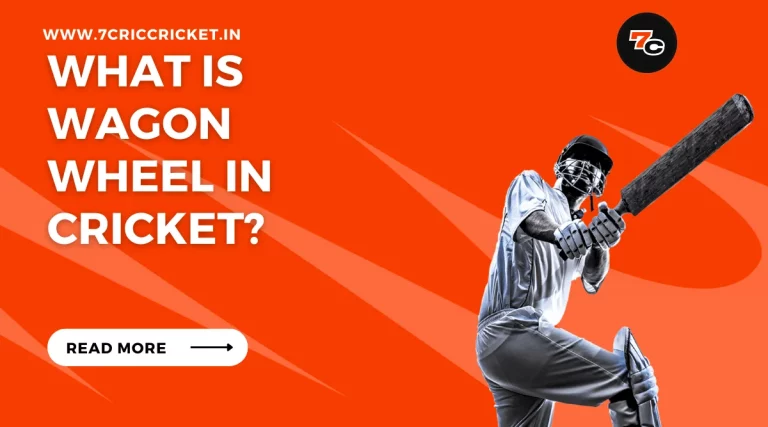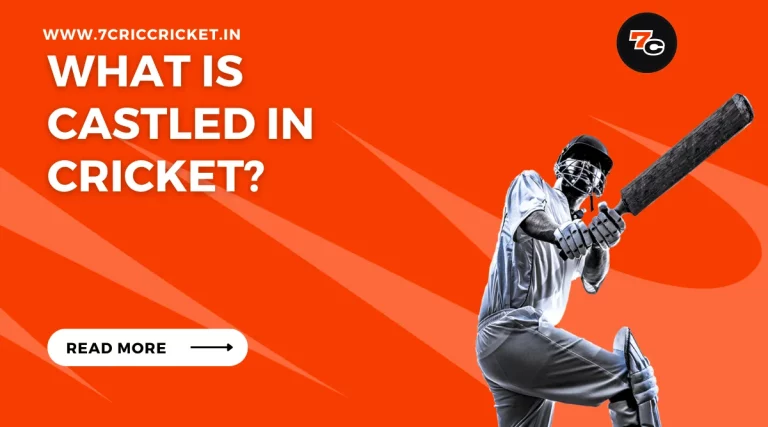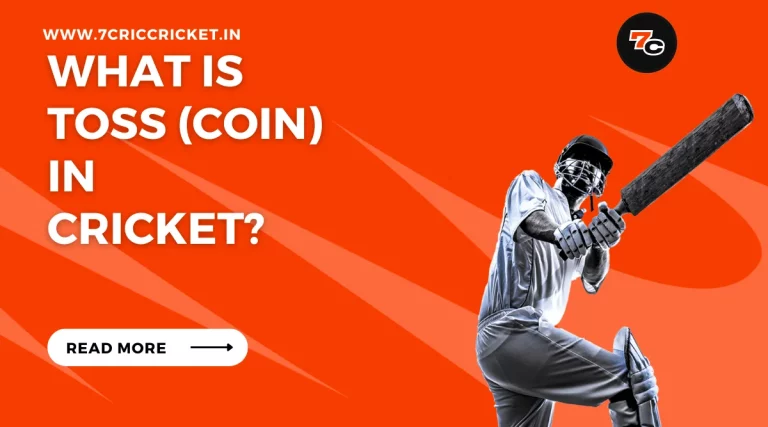What Is Shoulder Arms in Cricket?
Shoulder arms is a strategic move in cricket where a batsman chooses not to play a delivery, allowing the ball to pass by without attempting a shot.
This technique requires precise judgment and is often employed to avoid risky or difficult shots.
200% Welcome Bonus | SPRIBE
200% Welcome Bonus | SPRIBE
- UPI, Paytm, gPay & PhonePe withdrawals
- Fast deposits with UPI
- 450% Bonus up to ₹1,000,000
In this article, we will explore the definition, execution, and benefits of shoulder arms in cricket, dispel common misconceptions, and discuss when it is most advantageous to employ this tactic on the field.
Key Takeaways in This Article
ShowThe Definition of Shoulder Arms
The definition of shoulder arms in cricket refers to the act of intentionally not playing a delivery, usually by allowing the ball to pass by the batsman’s body without attempting to make contact with it.
This technique is used by batsmen to carefully assess the line and length of the delivery, and make a decision whether to play a shot or not.
Shoulder arms can be a crucial technique in a batsman’s arsenal, as it allows them to conserve their energy and minimize the risk of getting out to a delivery that they perceive as potentially dangerous.
To execute the shoulder arms technique effectively, batsmen must have a keen understanding of the off-stump line and the trajectory of the ball.
By accurately judging the path of the ball, they can make a calculated decision to let it go, avoiding any unnecessary risks.
Additionally, batsmen must maintain a strong and stable stance to ensure that they can react quickly if they need to play a shot.
Proper footwork and balance are essential in executing shoulder arms successfully.
The importance of shoulder arms in cricket lies in its ability to provide batsmen with a defensive option against deliveries that pose a threat to their wicket.
By not playing the ball, batsmen can avoid any potential edges or mistimed shots that could result in them getting out.
This technique allows batsmen to preserve their wicket while assessing the bowling, waiting for an opportunity to play attacking shots and score runs.
How Shoulder Arms Is Executed
To execute the shoulder arms technique in cricket, batsmen employ a strategic approach of intentionally refraining from playing a delivery.
Proper technique for executing shoulder arms involves a combination of skill, timing, and judgment.
Batsmen must carefully read the line and length of the delivery, determining whether it poses a threat to the stumps or if it can be safely left alone.
A common mistake to avoid when executing shoulder arms is misjudging the line and length of the delivery, resulting in a misjudgment of whether to play the ball or not.
This can lead to the ball hitting the stumps or being caught by the wicketkeeper or slips fielders.
Another mistake is failing to maintain a relaxed and balanced stance while leaving the ball, which can affect the batsman’s ability to quickly react to any changes in the line or length of the delivery.
To provide a visual representation, the following table outlines the key elements of executing shoulder arms:
| Key Elements | Description |
|---|---|
| Read the line and length | Determine whether the delivery poses a threat to the stumps |
| Judge whether to play | Assess if the ball can be safely left alone |
| Maintain a relaxed and balanced stance | Be prepared to react to any changes in the delivery |
In the subsequent section, we will discuss when to use shoulder arms in cricket, exploring the strategic considerations and benefits of employing this technique.
When to Use Shoulder Arms
When employing the shoulder arms technique in cricket, batsmen strategically decide to refrain from playing a delivery based on their assessment of the line and length.
This decision-making process is crucial in determining when to use shoulder arms effectively. Here are three key factors that batsmen consider:
- Importance of footwork in cricket:
- Batsmen assess the position of their feet and their ability to move quickly. If their footwork is not optimal, they may choose to use shoulder arms to avoid risking a dismissal.
- Proper footwork enables batsmen to judge the line and length of the ball accurately, allowing them to make a more informed decision about playing the delivery or leaving it.
- Different types of shots in cricket:
- Batsmen weigh the advantages and disadvantages of playing certain shots based on the specific situation. If they believe that the delivery is not suitable for executing any of the available shots, they may opt for shoulder arms instead.
- This decision requires a deep understanding of the game and the ability to read the bowler’s intentions.
Considering these factors, batsmen strategically employ shoulder arms to protect their wickets and maintain control over the game.
By carefully assessing the line, length, footwork, and shot options, they can make an informed decision about whether to play or leave the delivery.
Transitioning into the subsequent section, let’s explore the benefits of using shoulder arms in cricket.
Benefits of Using Shoulder Arms
By strategically employing shoulder arms in cricket, batsmen can reap several benefits that contribute to their success on the field.
The advantages of employing shoulder arms are twofold: it allows the batsman to conserve energy and it helps in reading the line and length of the delivery.
When a batsman decides to shoulder arms, they are essentially choosing not to play a shot at the ball.
This can be beneficial in conserving energy, especially in longer formats of the game such as Test cricket where batsmen may have to spend hours at the crease.
By not playing unnecessary shots, batsmen can avoid expending energy on deliveries that are not threatening.
Additionally, shoulder arms play a crucial role in the overall batting strategy. It allows batsmen to assess the line and length of the delivery without committing to a shot.
This helps in gauging the movement, bounce, and pace of the ball, giving the batsman valuable information about the conditions and the bowler’s intent.
By observing the deliveries closely, batsmen can make more informed decisions about when to play attacking shots and when to defend.
In conclusion, employing shoulder arms in cricket provides batsmen with the advantages of conserving energy and gaining valuable insights into the bowler’s tactics.
This strategic approach enhances their decision-making process and ultimately contributes to their success on the field.
Transition: Now that we have explored the benefits of using shoulder arms, let’s address some common misconceptions about this technique.
Common Misconceptions About Shoulder Arms
Now, let’s delve into some prevalent misconceptions surrounding the technique of shoulder arms in cricket.
Despite being a fundamental skill, there are several common mistakes that players make when executing shoulder arms.
These misconceptions can hinder their overall performance and prevent them from utilizing this technique effectively.
Here are three misconceptions about shoulder arms:
- It is only used for leaving wide deliveries: Many players mistakenly believe that shoulder arms should only be used to leave wide deliveries outside the off stump. However, this technique can also be employed to leave straight deliveries that are in line with the stumps.
- It is a passive defensive shot: Another misconception is that shoulder arms is a passive defensive shot. In reality, it is an attacking move that allows the batsman to assess the line and length of the delivery while conserving energy.
- It requires minimal practice: Some players assume that shoulder arms is an instinctive skill that requires minimal practice. On the contrary, it demands significant practice to master the timing and judgment required to execute it effectively.
To improve the shoulder arms technique, players should focus on the following:
- Developing a solid technique: This involves maintaining a balanced stance, ensuring the head is still, and using the front shoulder to lead the movement.
- Practicing shot selection: Batsmen should work on their judgment and decision-making skills to determine when to play a shot and when to leave the ball.
- Utilizing video analysis: Players can use video analysis to identify any flaws in their technique and make necessary adjustments to improve their execution of shoulder arms.
Conclusion
In conclusion, shoulder arms is a technique used in cricket where the batsman chooses not to play a delivery, allowing the ball to pass by without attempting to hit it.
It is executed by lifting the bat and keeping it close to the shoulder, indicating the intention to let the ball go.
Claim up to ₹15,000 Welcome Bonus Now
Claim up to ₹15,000 Welcome Bonus Now
- Easy Sign-Up and Deposits
- Win 1000x Bet Amount!
- 300% Welcome Bonus up to ₹10,000
The use of shoulder arms can be beneficial in certain situations, such as when the ball is outside the off-stump and there is minimal risk of getting out.
Contrary to some misconceptions, shoulder arms is a strategic move in cricket that requires careful decision-making.
Frequently Asked Questions (FAQs)
Are There Any Variations or Different Techniques Involved in Executing the Shoulder Arms Shot?
There are indeed variations in the shoulder arms technique in cricket.
These variations include adjusting the height of the bat and the angle at which the batsman presents the shoulder.
Using shoulder arms as a batting strategy can benefit the batsman by allowing them to safely leave deliveries outside the off stump.
Can Shoulder Arms Be Used Effectively Against Different Types of Bowling, Such as Fast Bowlers or Spinners?
Shoulder arms can be a technique used effectively against different types of bowling, including fast bowlers and spinners.
Against spinners, it allows the batsman to judge the line and length of the delivery.
Against medium pacers, it can be employed to leave deliveries outside the off stump.
What Are Some Common Mistakes or Errors Made by Batsmen When Attempting the Shoulder Arms Shot?
Some common mistakes made by batsmen when attempting the shoulder arms shot include misjudging the line and length of the delivery, failing to read the variation in pace or movement, and not being fully committed to the shot.
Can Shoulder Arms Be Used as a Defensive Strategy Throughout an Entire Innings, or Is It More Situational?
Shoulder arms in cricket can be used as a defensive strategy throughout an innings, but its effectiveness is situational.
It serves as a psychological tactic to confuse the bowler and disrupt their rhythm.
In test cricket, the role of shoulder arms is crucial for batsmen to conserve energy and prolong their innings.
Are There Any Specific Drills or Practice Methods That Can Help Improve a Batsman's Ability to Execute the Shoulder Arms Shot Accurately?
Drills and practice methods can significantly enhance a batsman’s accuracy in executing the shoulder arms shot.
By focusing on footwork, body positioning, and understanding the line and length of the delivery, players can improve their defensive strategy and overall batting skills.

